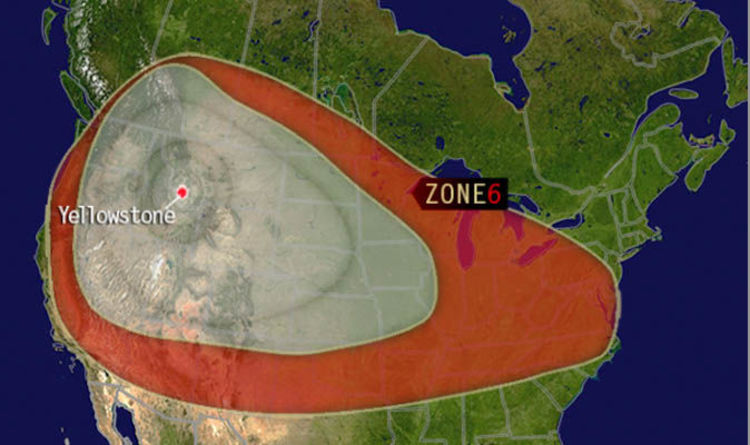HereWeGoAgain
Diamond Member
What about two years of volcanic winter? If the blast is that big, the amount of dust and debris in the atmosphere will block sunlight, etc. keep crops from growing, etc. A big volcanic explosion in 1815 in Indonesia caused a couple of very crummy years in the US. It snowed in Maine in June and July. The winters were so cold that even Mainers were freezing to death in their own yards.Sounds like an ominous sign indeed.
The animals tend to know impending danger.
All that's needed is for people to get out of the blast zone.
It's not that big of a deal.
I've lived through the main blow up of St. Helens and all the smaller ones after. Yes it made a mess. Yes it's a natural disaster.
No it's not the end of America.
How deadly is year without a summer?
Year Without a Summer. The year 1816 is known as the Year Without a Summer(also the Poverty Year and Eighteen Hundred and Froze To Death) because of severe climate abnormalities that caused average global temperatures to decrease by 0.4–0.7 °C (0.7–1.3 °F).
Yes I forgot about that. Yes the ash did block the sun for a couple of years. It was bad.
It didn't kill anyone.
It didn't destroy the nation. It didn't destroy Washington.
We got through it. We're Americans. We can do anything we set our minds too.
Washington cleaned up the mess and we moved on.
However I find it very short sighted to believe a volcano is going to blow just because someone said animals are leaving the area. Animals leave the area when there's a fire too. No verification that animals are leaving. No seizmatic activity. No changes in the mountain.
I'll go with science. Not chicken little.
Holy shit!!!
You've totally ignored all the proof that says you are flat out wrong.
This isnt anything like Mt Saint Helen. The Caldera is 40 fuken miles across!!!
"Yellowstone Caldera, enormous crater in the western-central portion of Yellowstone National Park, northwestern Wyoming, that was formed by a cataclysmic volcanic eruption some 640,000 years ago. It measures approximately 30 by 45 miles (50 by 70 km), covering a large area of the park"
You're coming across as a complete idiot here.

